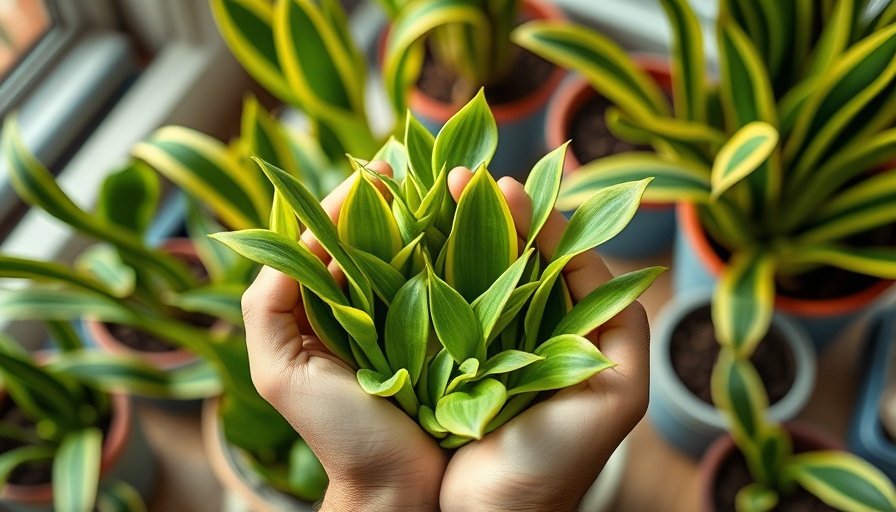
Unlock the Secrets of Snake Plant Success
When it comes to cultivating stunning greenery in your living space, few plants are as forgiving as the snake plant. Yet, what if the common belief that you can simply plant one and forget it is a myth? Recent insights reveal a structured approach to nurturing your snake plant pups can lead to rapid explosive growth.
In How to Plant Snake Plant Pups the Right Way for Faster Growth, the discussion dives into effective gardening strategies, exploring essential care tips that sparked deeper analysis and insights.
Getting the Right Environment: Pot and Soil Selection
First and foremost, it’s critical to select the proper pot and soil. It’s a common misconception that any container and soil will suffice. However, snake plant pups require a specific environment to thrive. A pot must possess good drainage capabilities; without this, soggy soil could invite root rot—a silent killer lurking beneath the surface. Moreover, soil needs to be a balanced mix that features coarse sand, perlite, or pumice to maintain air circulation and quick drainage, ensuring their roots are happy and healthy.
The Importance of Wound Care: Callusing and Cinnamon
Have you ever cut a snake plant pup only to find it's not as simple as planting it directly into the soil? The freshly cut end leaves the plant vulnerable to disease. Allowing a few days for the cut end to callous over can significantly boost survival rates. Additionally, sprinkling a bit of cinnamon on the wound acts as an antifungal barrier, providing additional protection against unwanted pathogens.
Perfect Planting: The Right Depth and Moisture Level
Once you’ve prepared the pups, it’s time to plant them—but precision is key. Planting too deeply can lead to rot, while being too shallow exposes the roots to air. To strike the right balance, make sure that the roots are buried, but the bases of the leaves are visible above the soil. Another pivotal step is using slightly dry soil for planting. This mimics their native environment and helps to prevent overwhelming the young plant with moisture right after transplanting.
Temperature, Humidity, and Plant Happiness
Many beginners overlook vital environmental factors such as temperature and humidity. Snake plant pups thrive in stable, warm climates. Sudden changes in temperature can shock the plant, stunting growth. Grouping them with other plants can create a microclimate, aiding in humidity levels. This simple adjustment can significantly improve their overall health and growth rate.
The Delicate Balance of Fertilization
It may be tempting to feed young snake plant pups right away, but too much fertilizer too soon can harm their delicate roots. It's essential to wait until the pups have established a root system, usually within 6 to 8 weeks. At this point, applying a diluted liquid fertilizer provides the essential nutrients without the risk of burning their fragile roots.
Success with snake plant pups isn’t just about planting and hoping for the best; it requires knowledge and care. By following these expert tips and implementing the right techniques, Metro Vancouver residents can create a flourishing oasis in their balcony spaces. If you found these tips beneficial or have more gardening secrets to share, don’t hesitate to give this article a thumbs up and share your insights!
 Add Row
Add Row  Add
Add 




Write A Comment